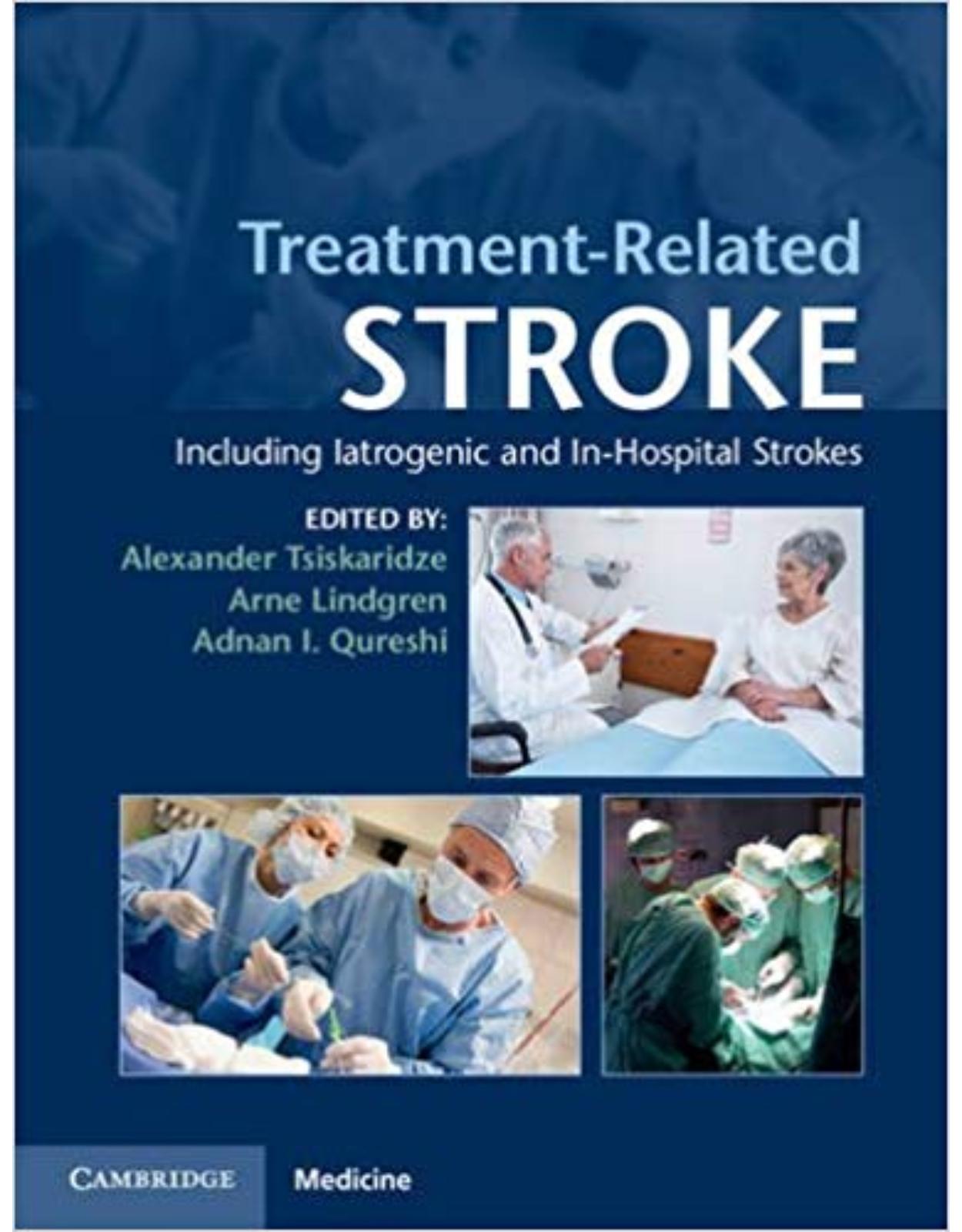
Treatment-Related Stroke: Including Iatrogenic and In-Hospital Strokes,1st Edition
Livrare gratis la comenzi peste 500 RON. Pentru celelalte comenzi livrarea este 20 RON.
Disponibilitate: La comanda in aproximativ 4 saptamani
Editura: Cambridge
Limba: Engleza
Nr. pagini: 288
Coperta: Hardback
Dimensiuni: 18.9 x 1.8 x 24.6 cm
An aparitie: 2016
Description:
Up to 15% of all strokes occur in hospitalized patients, many of whom are there for surgical procedures or cardiac disorders. Outcomes can be poor, with high mortality - possibly related to co-morbidities and the complexities of hospital care. Risk factors for in-hospital stroke include specific operations and procedures (such as cardiac surgery), previous medical disorders (especially a history of stroke or transient ischemic attack), and certain physiological characteristics (including fever and dehydration). More rapid diagnosis and evaluation for interventional therapies is needed. This major new book examines the causes of treatment-related stroke in most hospital-based situations. Therapeutic approaches – including interventional therapies and intra-arterial thrombolysis – are highlighted, including experimental agents and interventions where other treatment possibilities are limited. Increasing the awareness of such interventions is an important factor in reducing delays in the assessment of patients who have strokes while in hospital, thus decreasing morbidity and reducing costs.
Table of Contents:
Section I Iatrogenic ischemic strokes: peri- and postoperative strokes
Chapter 1 Stroke after general surgery
Introduction
The prevalence and burden of stroke in general surgery patients
Risk factors for stroke in general surgery patients
Pathophysiology and etiological mechanisms of stroke in general surgery patients
Prevention of stroke in general surgery patients
Preoperative assessment
Risk factor management
Intraoperative interventions
Postoperative management
Management of acute stroke in general surgery patients
Summary
References
Chapter 2 Stroke after open arterial surgery
Methods
Results of literature search
Non-cerebrovascular arterial surgery
Surgery of the thoracic aorta
Open carotid artery surgery (CEA, carotid endarterectomy)
Swedvasc results
Discussion
Concluding remarks
References
Chapter 3 Postoperative stroke in neurosurgery
Introduction
Preoperative assessment
Intraoperative management
Postoperative follow-up
Approach-related complications
Closure-related complications
Complications associated with trauma surgery
Complications associated with brain aneurysm surgery
Complications in arteriovenous malformation (AVM) surgery
Tumor surgery complications
Intra- and postoperative stroke
References
Chapter 4 Vasospasm and delayed cerebral ischemia in aneurysmal subarachnoid hemorrhage
Introduction
Definition of vasospasm and delayed cerebral ischemia
Pathophysiology of arterial spasm and DCI in SAH
Oxyhemoglobin
Endothelin-1
Nitric oxide
Role of erythrocytes in the subarachnoid space
Vascular cell membrane
Early brain injury in aSAH
Cortical spreading depression
Microthrombosis
Apoptosis
Predictors of vasospasm in aSAH
Diagnosis and monitoring of cerebral vasospasm
Transcranial Doppler ultrasonography (TCD)
Digital cerebral angiography
CT angiography and CT brain perfusion
Monitoring DCI
Prevention of DCI
Nimodipine
Permissive arterial hypertension
Prevention of hypovolemia
Other measures to prevent DCI
Treatment of DCI
Hemodynamic management
Pharmacological treatment and angioplasty
Duration of treatment
Conclusions
References
Chapter 5 Stroke occurring on medical wards
Introduction
Stroke on the cardiology wards and coronary care unit
Acute stroke treatment issues
Secondary prevention issues
Stroke on the neurology ward
Acute stroke treatment issues
Secondary prevention issues
Stroke on the renal unit
Acute stroke treatment issues
Secondary prevention issues
Stroke on the oncology ward
Acute stroke treatment issues
Secondary prevention issues
Stroke on the hematology ward
Stroke on the respiratory ward
Stroke on the gastroenterology ward
Acute stroke treatment issues
Secondary prevention issues
Stroke in hospitalized diabetic patients
Acute stroke treatment issues
Secondary prevention issues
Stroke on the psychiatry ward
Acute stroke treatment issues
Secondary prevention issues
Stroke on other medical wards
References
Chapter 6 Stroke in trauma patients
Introduction
Stroke mechanisms in acute trauma patients
Arterial injury
Cardiac emboli
Other miscellaneous causes
Time course and recognition of stroke after trauma
Acute therapy for stroke in trauma patients
Stroke in the months after trauma
Concluding remarks
References
Section II Iatrogenic ischemic strokes: stroke after endovascular procedures
Chapter 7 Stroke associated with endovascular procedures
Introduction
Pathophysiology underlying thrombosis and endothelial repair
Platelet adhesion
Coagulation cascade
Repair
Antithrombotic agents
Platelet adhesion and aggregation
Aspirin
Ticlopidine and clopidogrel
Cilostazol
Platelet GP IIb/IIIa receptor-specific antibodies
Abciximab
Eptifibatide
Tirofiban
Inhibition of thrombin and fibrinogen activation
Heparin
Low molecular weight heparin
Direct inhibitors of thrombin
Warfarin
Use of antiplatelet vs. anticoagulant therapy in endovascular procedures
Combination antiplatelet therapy vs. monotherapy
Endovascular procedures and thrombogenic factors
Contrast agents
Angiographic devices
Fibrinolysis and thrombolytics
Fibrinolysis
Thrombolytics
t-PA
Urokinase
Pro-urokinase
Combination thrombolysis
Treatment monitoring and point of care testing (POC)
Endovascular procedures and complications
Diagnostic angiography
Endovascular coil embolization of aneurysm
Endovascular occlusion of intracranial aneurysms using balloons
Percutaneous transluminal angioplasty (PTA) and PTA with stenting (PTAS)
Embolization of AVMs
Mechanical thrombectomy
Intracranial angioplasty and stent placement
Summary
General principles
Diagnostic angiography
Coil embolization of aneurysms
Balloon occlusion of aneurysms or parent vessels harboring aneurysms
PTA and PTAS
Embolization using glue, particles, or other materials
Intra-arterial thrombolysis
Conclusions
References
Chapter 8 Stroke after diagnostic endovascular procedures
Introduction
Complications of intra-arterial cerebral angiography
Definition and prerequisites
Non-neurological complications
Clinically detectable neurological complications
Risk factors associated with clinically detectable neurological complications
Pathophysiology of stroke-related complications
Diffusion-weighted imaging abnormalities after diagnostic cerebral angiography
Diagnostic cerebral angiography in children
Conclusions
References
Chapter 9 Stroke after endovascular cardiac procedures and cardiothoracic surgery
Introduction
Stroke and endovascular cardiac procedures
Coronary intervention-related stroke
Catheter ablation of atrial fibrillation
Percutaneous closure of patent foramen ovale
Stroke after cardiac surgery
Coronary artery bypass graft (CABG) surgery
Transcatheter aortic valve implantation (TAVI)
Open valve replacement (AVR)
Pathophysiology
Risk factors for stroke after valve procedures
Combined cardiac interventions
Conclusion
References
Chapter 10 Stroke after carotid revascularization procedure
Introduction
Carotid endarterectomy
Carotid artery stenting
References
Section III Iatrogenic ischemic strokes: other causes
Chapter 11 Radiation therapy and stroke
Introduction
Epidemiology
Cavernomas
Treatment of cavernous malformations
Stenosis of the extracranial carotid arteries or vertebral arteries
Large- and medium-vessel intracranial disease
Small-vessel disease, white matter tissue changes, and microbleeds
Aneurysms
Moyamoya phenomenon development
Stroke mimics
Conclusion
References
Chapter 12 Stroke after chiropractic manipulations
Introduction
Anatomy and pathophysiology of cervical artery dissections
Clinical manifestation of cervical artery dissection
Cervical artery dissections and chiropractic treatment
Epidemiology and risk estimation
Conclusion
References
Chapter 13 Stroke due to air and fat embolism
Introduction
Fat embolism
Introduction
Epidemiology
Etiology
Pathogenesis
Clinical features
Diagnosis
Treatment
Air gas embolism
Introduction
Epidemiology and etiology
Pathogenesis
Clinical features
Diagnosis
Treatment
References
Chapter 14 Stroke after discontinuation of preventive medications
Introduction
Antiplatelet medication
Aspirin
Thienopyridines
Other
Anticoagulation therapy
Vitamin K antagonists
Direct oral anticoagulants (DOAC)
Statin therapy
Antihypertensive and antidiabetic treatment
Antidiabetic treatment
Conclusion
References
Section IV Iatrogenic hemorrhagic strokes: thrombolysis-related hemorrhagic strokes
Chapter 15 Intracranial hemorrhage: complication of endovascular therapy for acute stroke
Introduction
Definition
Frequency
Pathophysiology
Clinical predictors
Radiographic predictors
Medical management
Surgical management
References
Chapter 16 Intracranial hemorrhage: complication of intravenous thrombolysis
Introduction
Clinical predictors
Age
Clinical severity
Door-to-needle time
Blood pressure (BP)
Previous treatments
Dose of t-PA and weight
Level of blood glucose
Stroke etiology
Remote or extra-ischemic intracerebral hemorrhage
Biomarkers of SICH
Magnetic resonance imaging predictors of SICH
Lesion size
MRI hemodynamic markers
Markers of small arterial disease: microbleeds and leukoencephalopathy
Mechanical thrombectomy in addition to IV thrombolysis and bleeding risk
Poor collateral vessels and bleeding risk
Blood–brain barrier changes and bleeding
Conclusions
References
Section V Iatrogenic hemorrhagic strokes: intracranial bleeding
Chapter 17 Intracranial hemorrhages secondary to antiplatelet treatment
Introduction
Antiplatelet treatment
Aspirin
Dipyridamole and aspirin combination
Ticlopidine
P2Y12 adenosine diphosphate receptor inhibitors
Clopidogrel
Combination of clopidogrel and aspirin
Dual antiplatelet therapy for secondary stroke prevention in patients with small-vessel and large-vessel diseases
Dual antiplatelet therapy for secondary stroke prevention in patients with atrial fibrillation
Glycoprotein IIb/IIIa inhibitors
Cilostazol
Factors associated with increased risk for intracranial hemorrhage with antithrombotic use
Evidence of microhemorrhages on MRI
Concurrent anticoagulant use
Platelet function tests
Reversal of antiplatelet therapy
Management of intracranial hemorrhage
Acute management in the emergency department
Initial diagnosis
Airway protection
Reversal of anticoagulation
Blood pressure management
Treatment of mass effect
Intensive care unit care
Seizure monitoring
Blood pressure management
Glucose monitoring
Fever and infection control
Deep venous thrombosis prophylaxis
Gastric ulcer prophylaxis
Initiation of diet
Plan for tracheostomy and percutaneous endoscopic gastrostomy placement
Declaration of do not resuscitate status
Conclusions
References
Section VI Iatrogenic hemorrhagic strokes: anticoagulation-related intracranial hemorrhage
Chapter 18 Intracranial–extracerebral hemorrhage: complication of anticoagulation
Introduction
Predictors
Mortality
Subdural hemorrhage
Subarachnoid hemorrhage
Resumption
New anticoagulants
References
Chapter 19 Iatrogenic intracerebral hemorrhage due to oral anticoagulation therapy: risk factors and diagnosis
Introduction
Risk of bleeding in patients on oral anticoagulation therapy
Etiology and pathogenesis
Risk factors
Age
Race
Intensity of anticoagulation
Hypertension
History of cerebrovascular disease
Cerebral amyloid angiopathy
Genetic polymorphisms of cytochrome P45049
Concomitant antiplatelet use
Leukoaraiosis
Cerebral microbleeds
Reduced serum albumin and reduced platelet count
Clinical presentation and diagnosis
Outcome
Treatment
References
Section VII Other uncommon causes of iatrogenic stroke
Chapter 20 Stroke during pregnancy and the puerperium
Introduction
Epidemiology
Maternal physiological changes
Hemodynamic and connective tissue adaptations
Hemostatic adaptations
Diagnostic work-up of pregnancy-related stroke
Risk factors and specific causes of stroke in pregnancy
Amniotic fluid embolism
Preeclampsia and eclampsia
Peripartum cardiomyopathy
Postpartum cerebral angiopathy
Choriocarcinoma
Cerebral venous sinus thrombosis
Treatment of ischemic stroke during pregnancy
Prevention strategy: antiplatelet and anticoagulant treatments
Antiplatelet therapy
Anticoagulant therapy
Acute treatment: thrombolysis
Cerebral hemorrhage during pregnancy
Assisted reproductive technology and arterial cerebral thromboembolic complications
References
Chapter 21 Cardioversion-related stroke
Introduction
Left atrial thrombus
Embolism from preformed atrial thrombus
Embolism from de novo formed atrial thrombus
Rationale for anticoagulation therapy in cardioversion
Treatment before cardioversion
Treatment after cardioversion
Patients with atrial fibrillation of more than 48 hours duration
Non-vitamin K antagonist oral anticoagulants (NOACs)
Dabigatran etexilate
Apixaban
Rivaroxaban
Role of TEE
Atrial fibrillation of less than 48 hours duration
Immediate/emergency cardioversion
Summary and recommendations
References
Chapter 22 Medication-induced stroke
Background
Classification of medication-induced stroke
Medication-induced thromboembolism
Oral contraceptive pills
Hormone replacement therapy
Testosterone/anabolic steroids
Heparin-induced thrombocytopenia
Chemotherapeutic agents
Erythropoiesis stimulating agents
Antifibrinolytic agents
Intravenous immunoglobulin
Non-steroidal anti-inflammatory drugs
Antiretroviral medications
Medication-induced vasospasm
Medication-induced vasculitis
Medication-induced coagulation dysfunction
Oral anticoagulant therapy
Heparin and its derivatives
Medication-induced platelet dysfunction
Antiplatelet agents
Parenteral glycoprotein IIb/IIIa inhibitors
Medication-induced thrombolysis
MIS secondary to other/unknown mechanisms
Management and prevention
Conclusion
References
Section VIII Cerebral venous thrombosis
Chapter 23 Cerebral venous thrombosis
Introduction
Cerebral venous thrombosis and pharmacological treatment
Hormone therapy
Combined oral contraceptives
Glucocorticoids
Anabolic steroids
Drugs in cancer therapeutic regimens
L-asparaginase
Tamoxifen and chemotherapy of breast cancer
Angiogenesis inhibitors
Other agents
Hemostatic treatments
Heparin-induced thrombocytopenia
IV immunoglobulin therapy
Miscellaneous
Interventions
Lumbar puncture and related procedures
Procedures on the sinus and veins
Neurosurgery
Neck surgery
Ear, nose, and throat surgical procedures
Transplantation
Other surgeries
Iatrogenic CVT in the International Study in Cerebral Vein and Dural Sinus Thrombosis
Conclusion
References
Section IX Medication reversal and restarting in patients with iatrogenic strokes
Chapter 24 Treatment of oral anticoagulant related intracranial hemorrhages
Introduction
Epidemiology
Mechanism of ICH related to OACs
Laboratory measurement of intensity of anticoagulation by OACs
Prothrombin time (PT)
International normalized ratio (INR)
Dilute prothrombin time (dPT)
Thrombin time (TT)
Ecarin clotting time
Activated partial thromboplastin time (aPTT)
Heptest
Prothrombinase-induced clotting time (PiCT)
Chromogenic assays
Treatment
Vitamin K
Fresh frozen plasma
Prothrombin complex concentrate
Recombinant factor VIIa
Current guidelines
Calculating the dose of PCC or the volume of FFP
Reversal of INR as part of quality metrics for intensity of care in patients with ICH
Reversal of new oral anticoagulants
When do we restart the patient on anticoagulants?
Conclusion
References
Index
| An aparitie | 2016 |
| Autor | Alexander Tsiskaridze, Arne Lindgren |
| Dimensiuni | 18.9 x 1.8 x 24.6 cm |
| Editura | Cambridge |
| Format | Hardback |
| ISBN | 9781107037434 |
| Limba | Engleza |
| Nr pag | 288 |

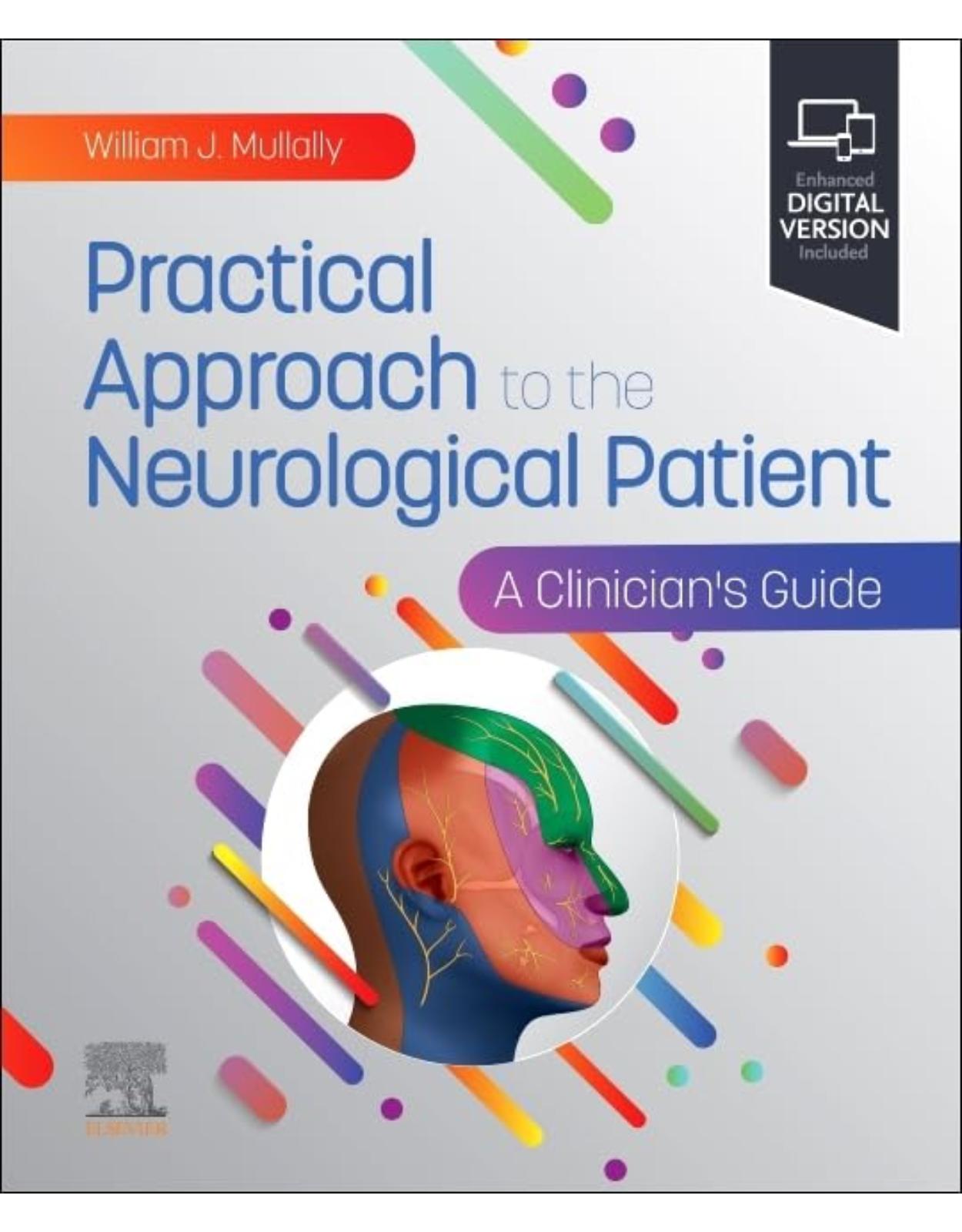
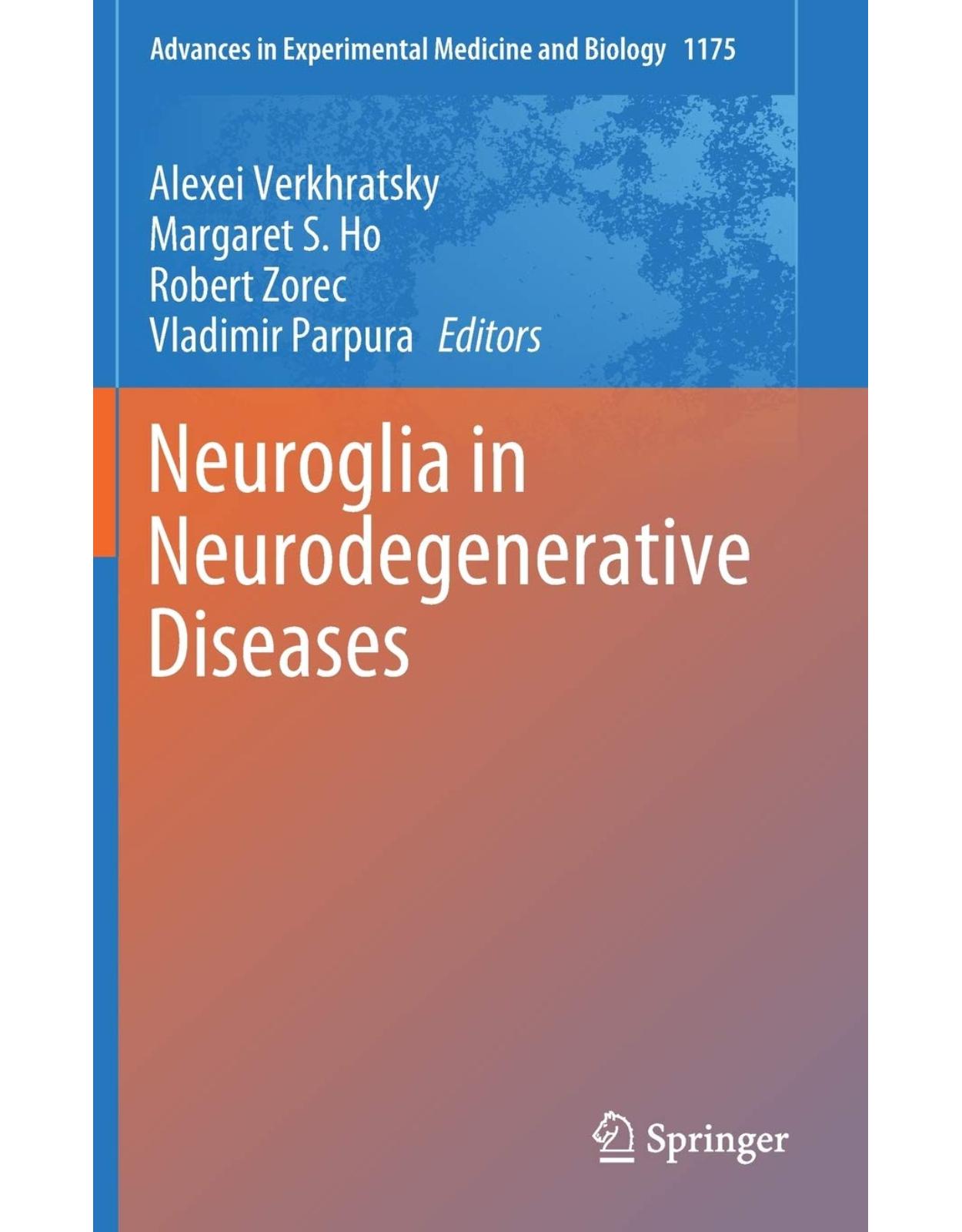
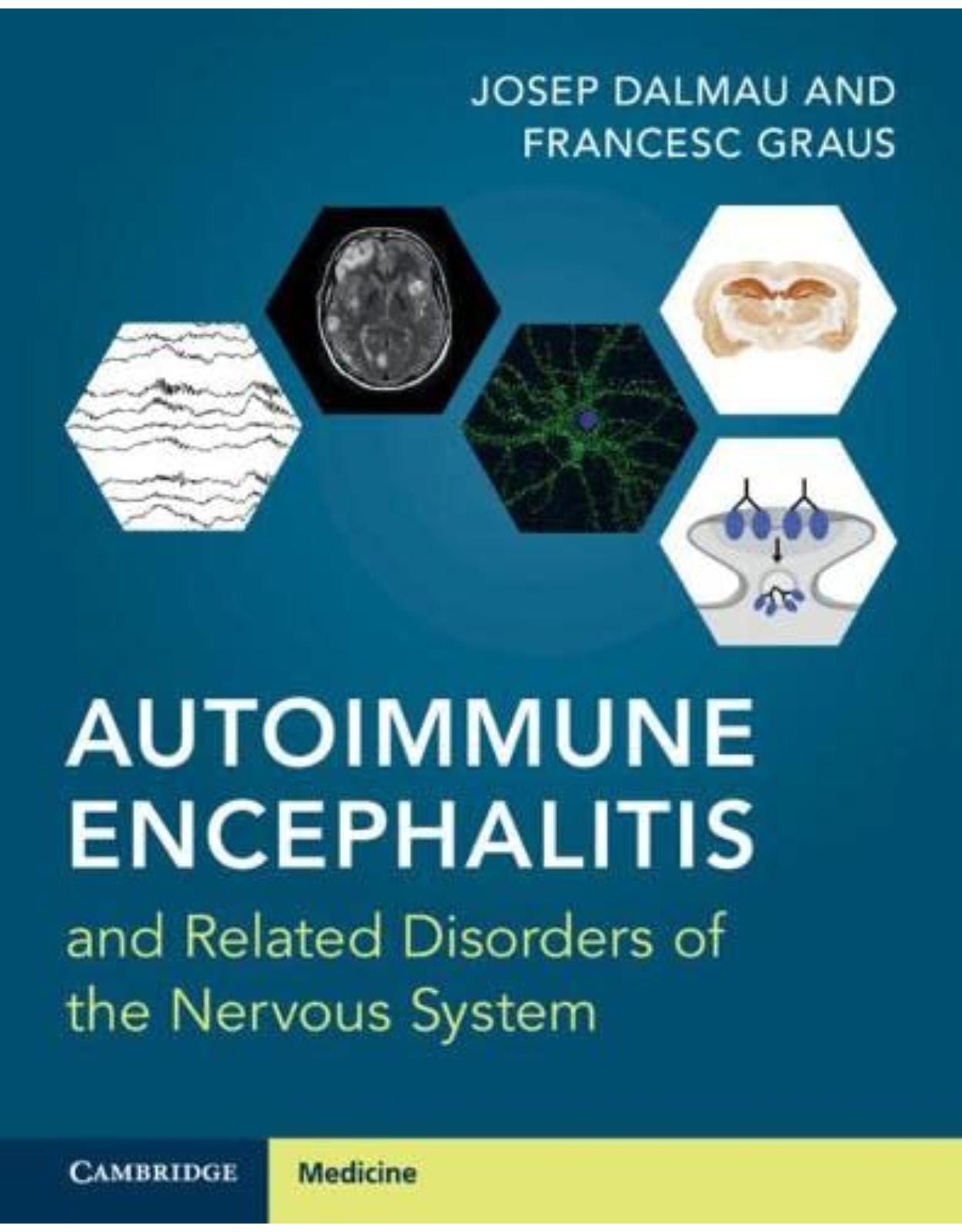
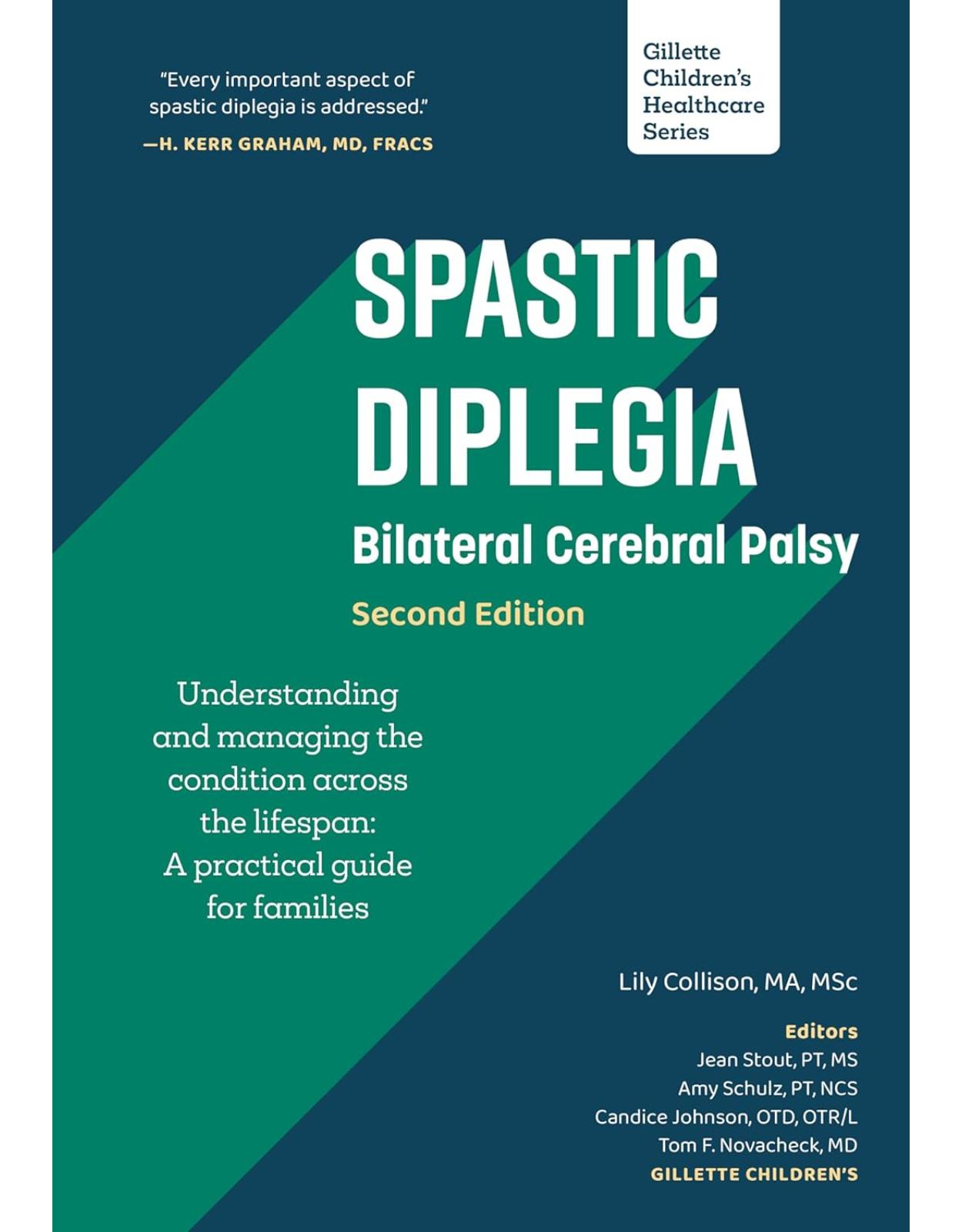
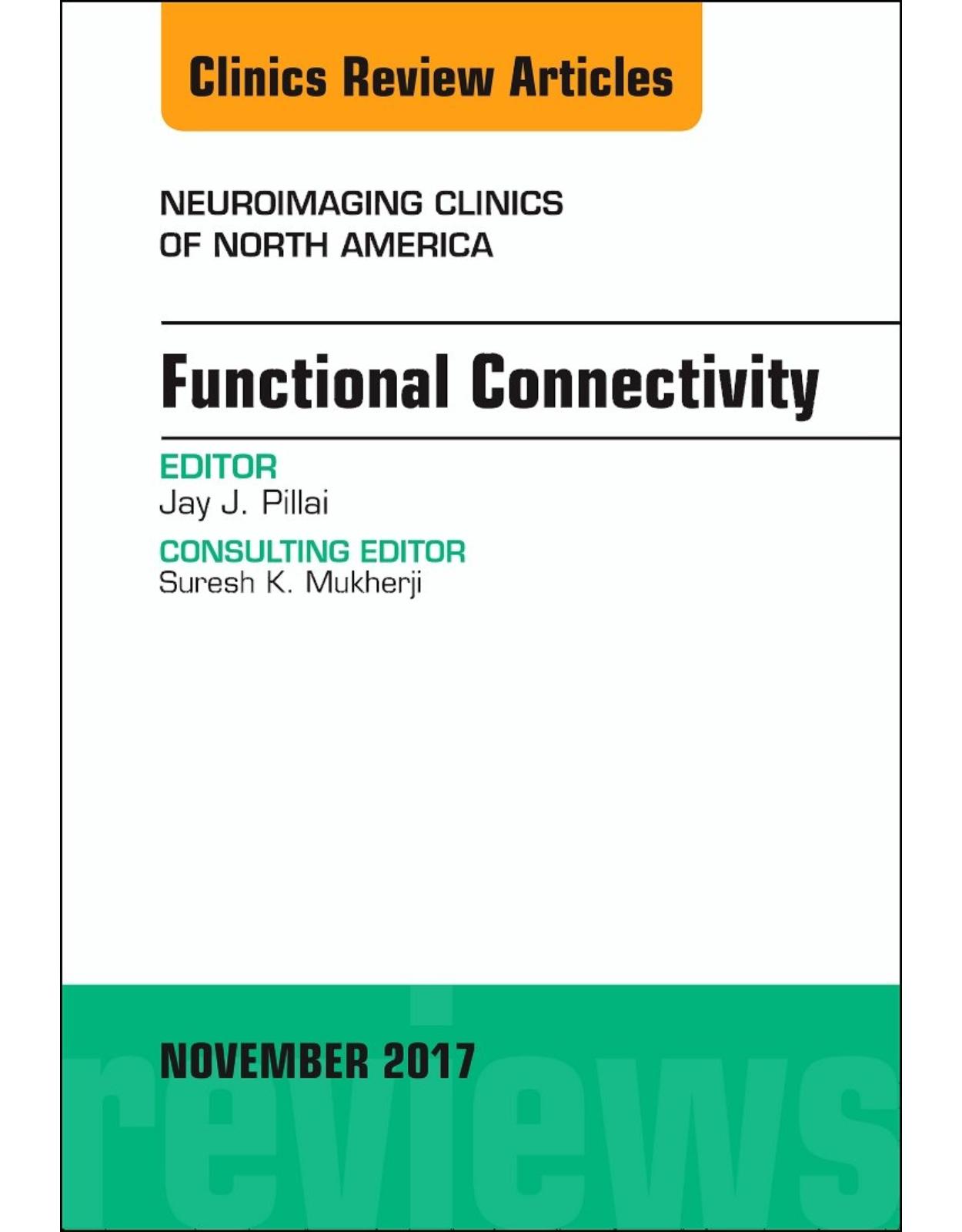
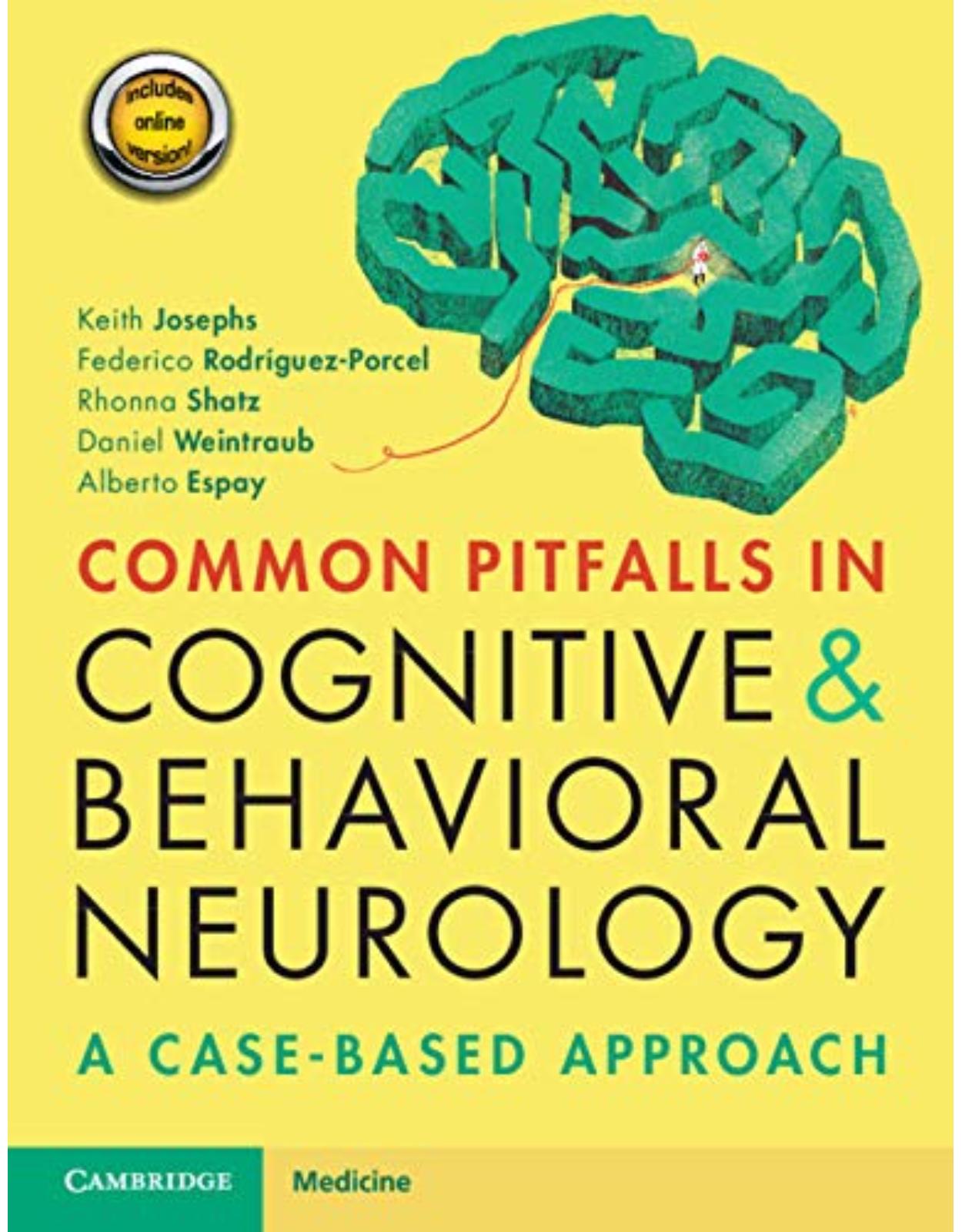
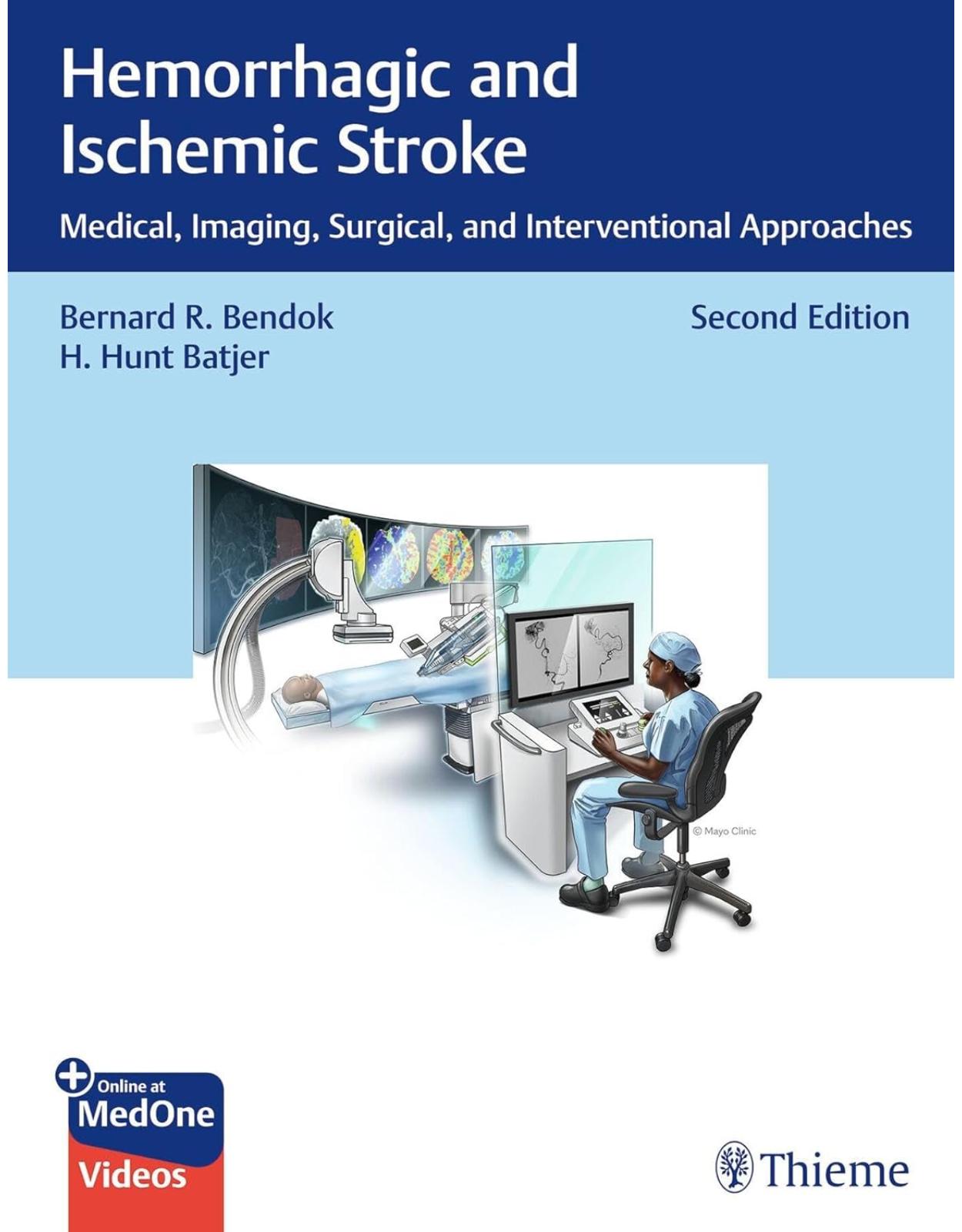
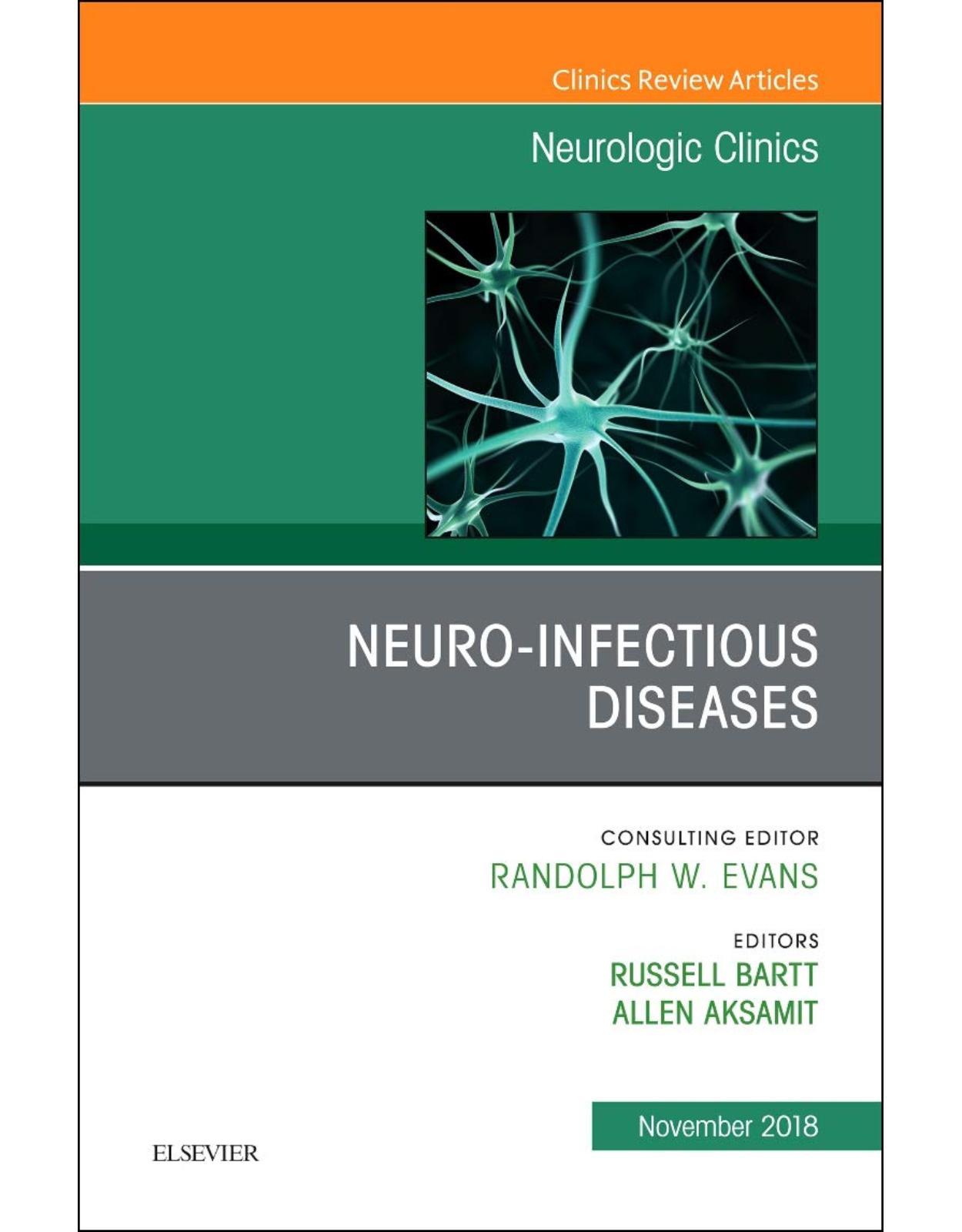
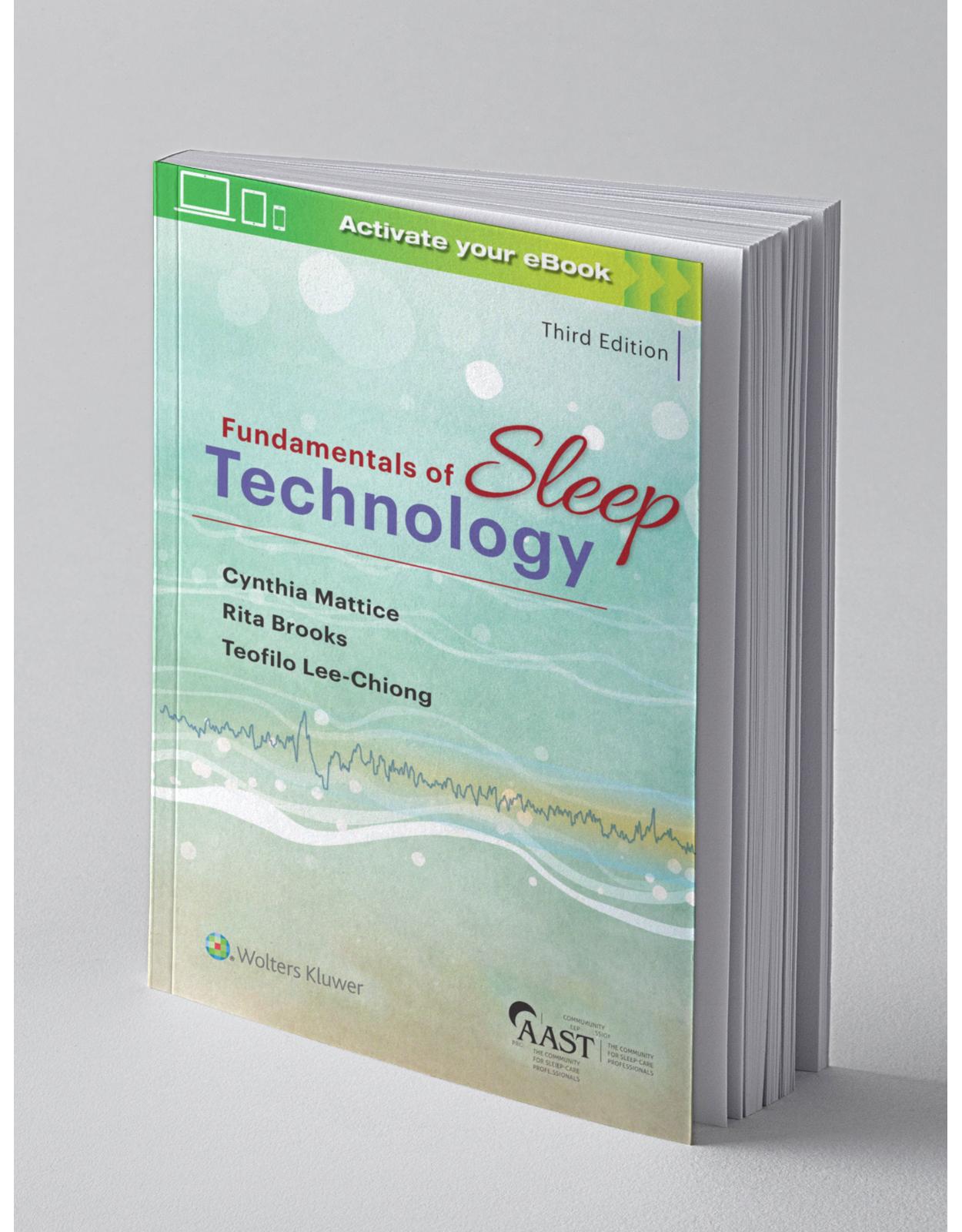
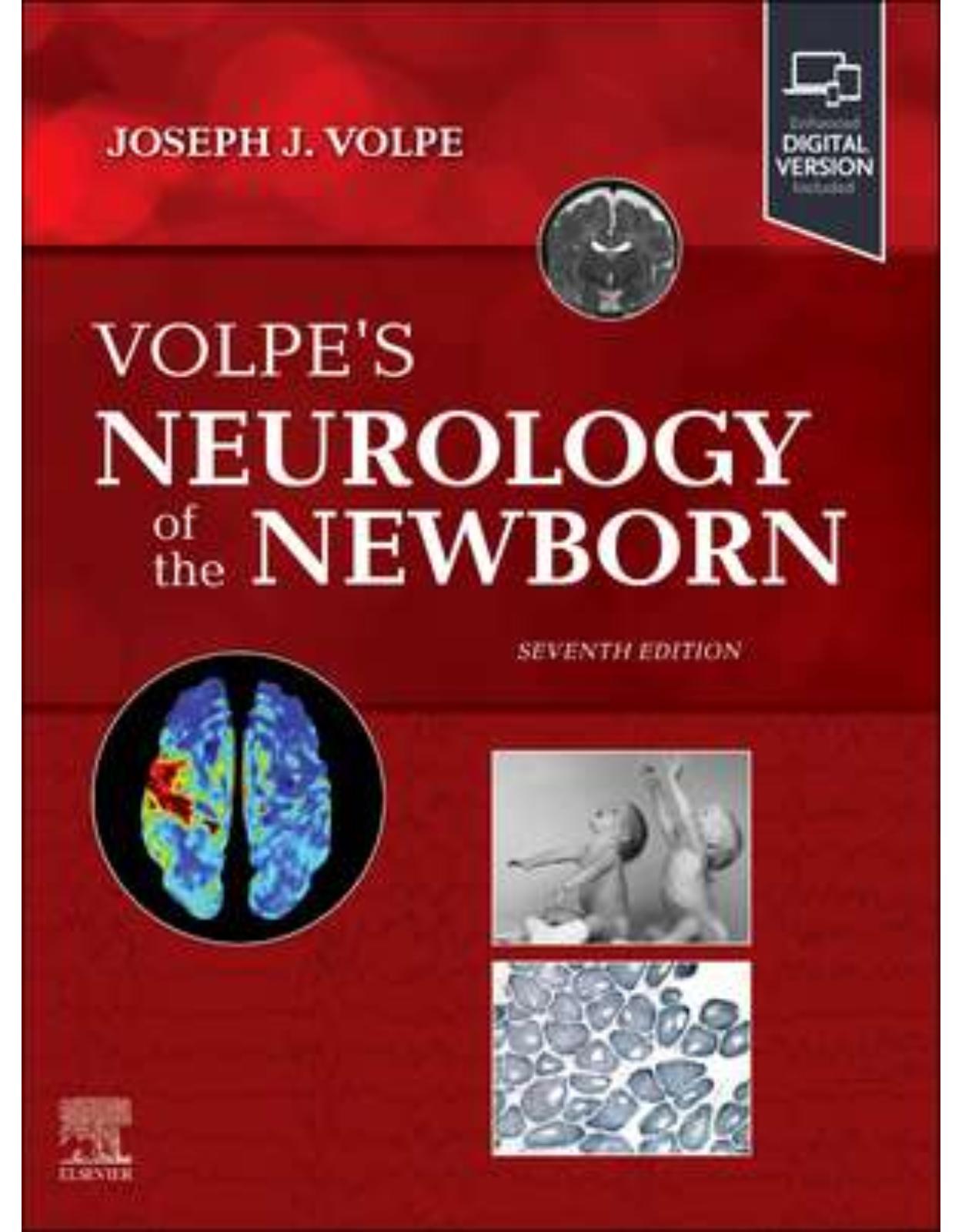

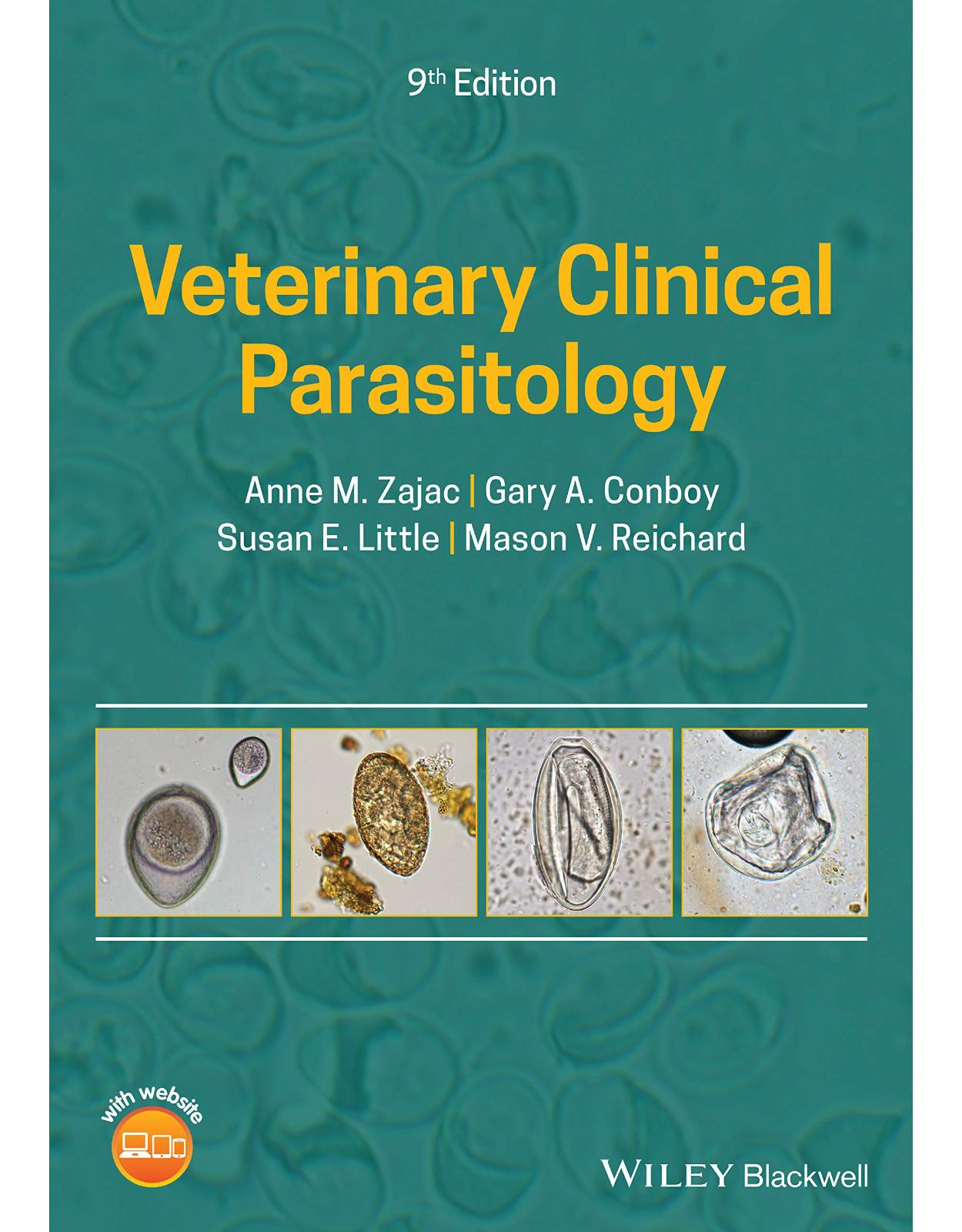
Clientii ebookshop.ro nu au adaugat inca opinii pentru acest produs. Fii primul care adauga o parere, folosind formularul de mai jos.